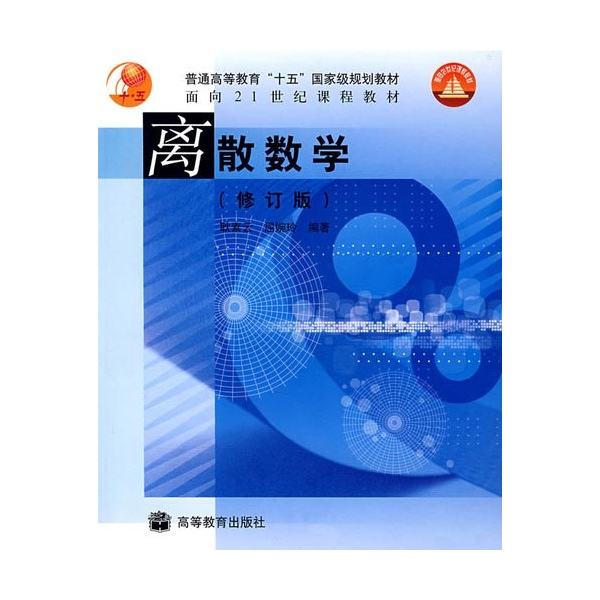For a fixed set ${\cal H}$ of graphs, a graph $G$ is ${\cal H}$-subgraph-free if $G$ does not contain any $H \in {\cal H}$ as a (not necessarily induced) subgraph. A recently proposed framework gives a complete classification on ${\cal H}$-subgraph-free graphs (for finite sets ${\cal H}$) for problems that are solvable in polynomial time on graph classes of bounded treewidth, NP-complete on subcubic graphs, and whose NP-hardness is preserved under edge subdivision. While a lot of problems satisfy these conditions, there are also many problems that do not satisfy all three conditions and for which the complexity in ${\cal H}$-subgraph-free graphs is unknown. We study problems for which only the first two conditions of the framework hold (they are solvable in polynomial time on classes of bounded treewidth and NP-complete on subcubic graphs, but NP-hardness is not preserved under edge subdivision). In particular, we make inroads into the classification of the complexity of four such problems: Hamilton Cycle, $k$-Induced Disjoint Paths, $C_5$-Colouring and Star $3$-Colouring. Although we do not complete the classifications, we show that the boundary between polynomial time and NP-complete differs among our problems and also from problems that do satisfy all three conditions of the framework, in particular when we forbid certain subdivisions of the ``H''-graph (the graph that looks like the letter ``H''). Hence, we exhibit a rich complexity landscape among problems for ${\cal H}$-subgraph-free graph classes.
翻译:暂无翻译



